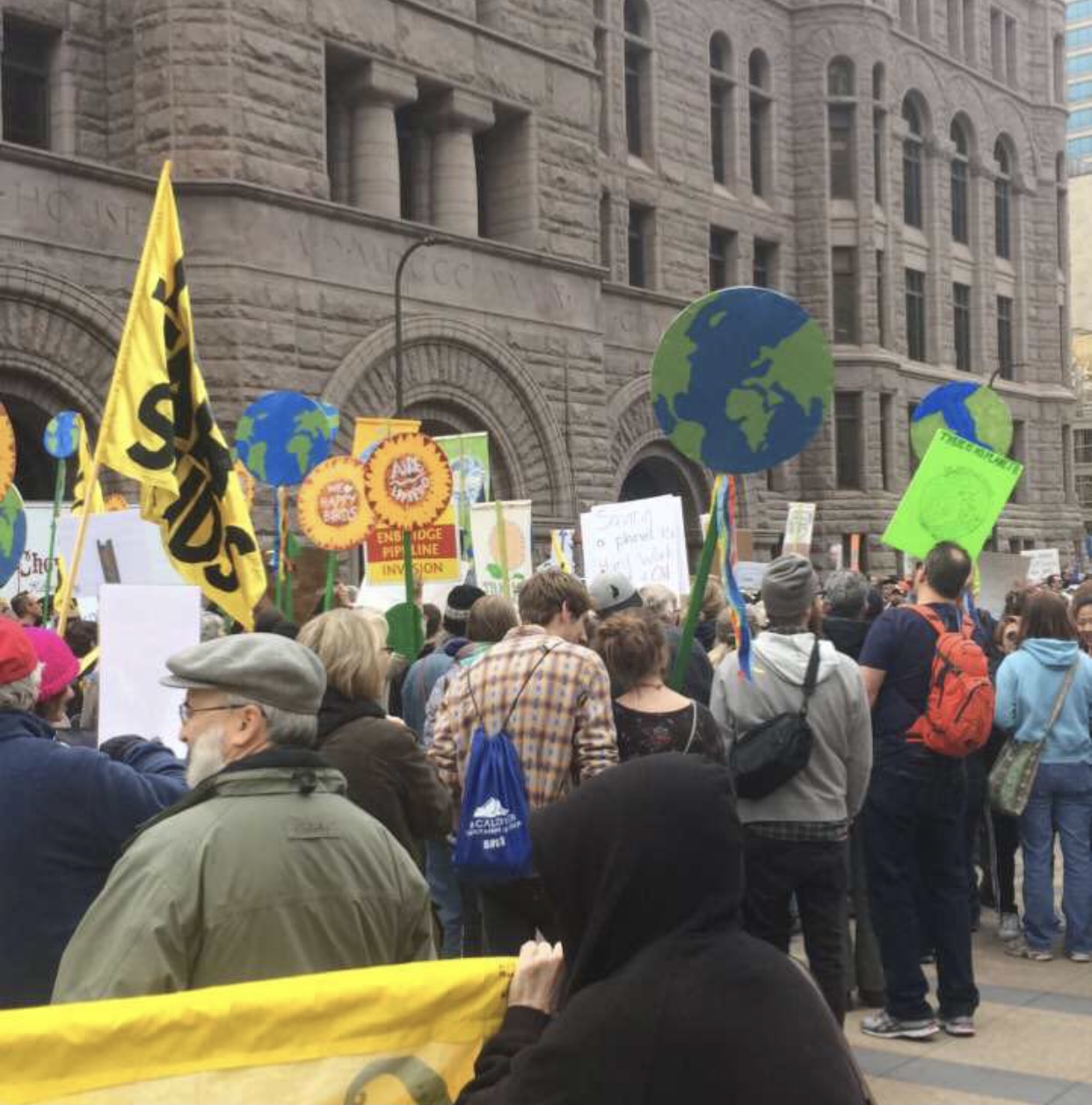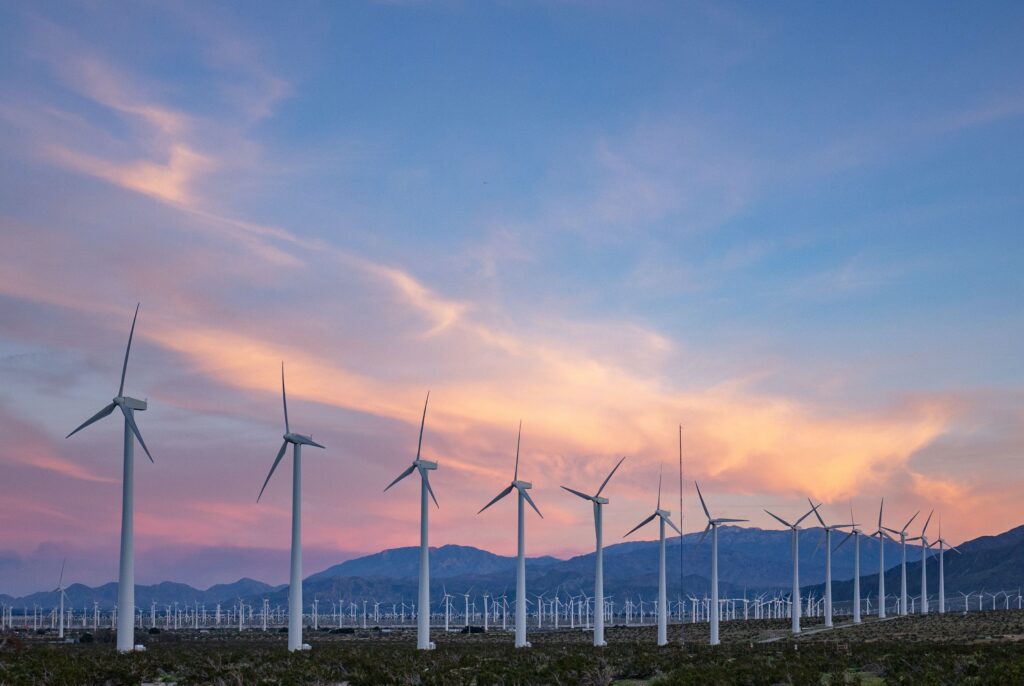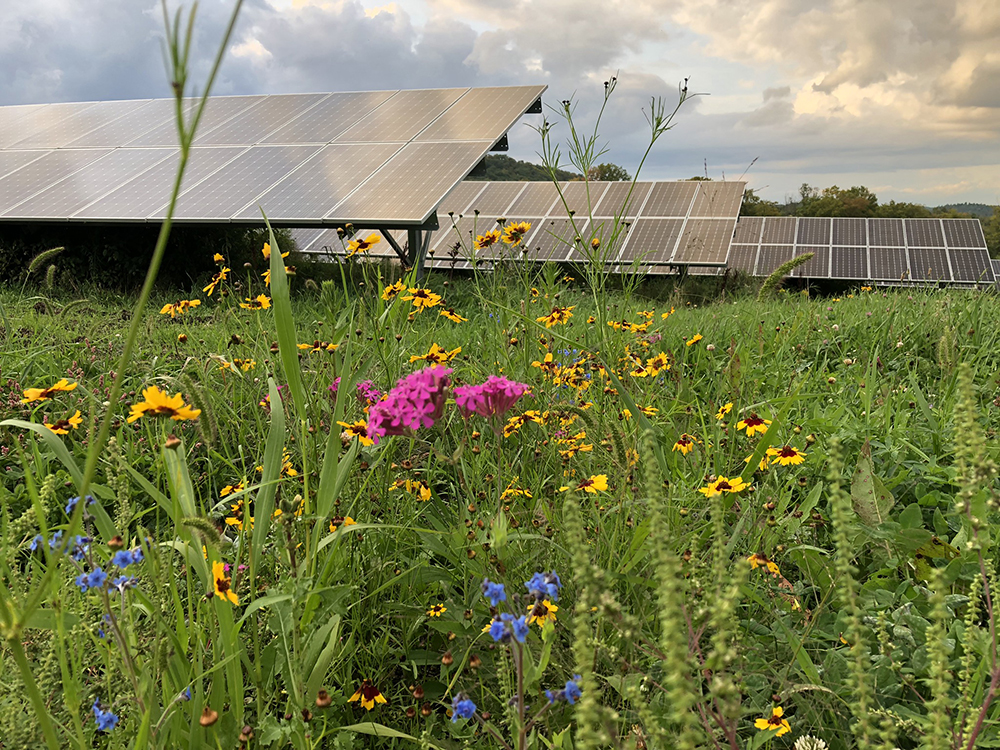
Ambitious Climate Legislation in the U.S.
Climate bills have historically passed in the United States thanks to the tireless work of advocacy groups and activists. Generations of people have been fighting for these changes non-stop, and it boggles my mind how little progress we seem to have made in 2022. However, there have been some ambitious climate legislation passed in the U.S. over the past few years. This article features seven recent bills that have passed with goals I find interesting and exciting.
In our society, legislation is critical for necessary large scale change to happen. According to the Sustainable Development Goals set by the United Nations, “Successful climate action must include measures for reducing poverty, promoting gender equity, improving public health, providing economic opportunities and employment, and enhancing resilience”. The effects of climate change tend to disproportionately impact communities who typically contribute the least to global greenhouse gas emissions. Inequitable policies are created when these underrepresented groups do not have a seat at the table during the legislative process. Representation of these groups during the entire legislative process is critical for understanding the vulnerabilities and difficulties that these communities are facing and need resolved.
Individual actions do matter, but if you are able to plug into larger organizations and climate campaigns you can make a huge impact on the future of our planet. Getting involved with advocacy groups is super easy, and all are incredibly welcoming places to be. Many advocacy organizations have legislative working groups that anyone can join, and these are great places to really plug into your local movement and fight for issues that are directly impacting your community. Climate Reality and 350.org are both amazing organizations that I have done work with, and they have chapters in every state in the U.S.
Next week’s article will discuss how you can use your vote to fight for the climate movement!

Massachusetts Climate Bill
This climate bill has a strong focus on investing in clean transportation for individuals and businesses.
Some of the key initiatives in this measure are that it:
-Designates $50 million to electric vehicle charging infrastructure
-Implements rebates for buying electric vehicles, especially for low-income communities
-Bans the sale of internal combustion engine vehicles beginning in 2035
-Creates a $100 million investment fund for the Massachusetts Clean Energy Center
-Allows 10 cities and towns to experiment with all-electric building codes.
In my opinion, the strongest part of the bill is that beginning in 2028, all new buses would have to be electric. And by 2040, the entire fleet would need to be comprised of zero-emissions vehicles.
Energy Act of 2020
The Energy Act of 2020 was passed by the Senate in 2020. It aims to modernizes and refocuses the Department of Energy’s research and development programs. Some of their main focuses are scaling up clean energy technologies, long-duration energy storage, carbon capture, and enhanced geothermal.
This act puts a lot into motion, but it can be summarized with the following main points:
-Regears the U.S. Department of Energy’s Office of Fossil Fuel to focus on carbon capture, utilization and storage technologies
-Reinvigorates advanced nuclear energy by formally authorizing the moonshot Advanced Reactor Demonstration Program (ARDP) and the Nuclear Energy Leadership Act (NELA)
-Establishes a comprehensive grid scale storage demo program
-Lowers the cost of cleaner chemicals, materials, and manufacturing
The strongest points of the act are the tax credit extensions, known as 45Q, for clean energy technologies like carbon capture and other credits for new offshore wind developments. Something that I am surprised wasn’t already in legislation was phasing out greenhouse gases called hydrofluorocarbons, which cause more global warming than CO2.
Maryland Climate Solutions Now Act
The Maryland act is one of the most ambitious carbon emission reduction goals in the United States. They are calling for a 60% reduction in climate-warming carbon emissions by 2031 and net-zero emissions by 2045.
Some of the measure’s initiatives for these goals are:
-Implementing a requirement that large existing buildings reduce carbon emissions by improving their energy efficiency. Additionally, by 2030, all state facilities would have to get at least 75% of their electricity from low– or zero-carbon sources
-The state must electrify its fleet of cars by 2031 and light-duty trucks by 2036
The law pushes for schools to electrify their school bus fleets by offering incentives and banning the sale of diesel buses after 2024. A “climate corps” was created for youths and young adults to work on climate mitigation projects. A $5 million fund for climate projects was created, with 40% of it be spent in low– to moderate-income neighborhoods.

Washington Climate Commitment Act
This climate act specifically targets greenhouse gas emissions from the state’s largest emitting sources and industries. It also places environmental justice and equity at the center.
Some of the measure’s initiatives include:
-Expands air quality monitoring in overburdened communities
-Implementing a cap on carbon emissions, along with compliance and accountability measures
One of the interesting parts of this act is that proceeds from the auction of carbon emission allowances must be used for clean energy transition and assistance, clean transportation, and climate resiliency projects that promote climate justice. It must also include dedicating a minimum of 35% of funds toward overburdened communities and a minimum of 10% toward Tribal projects. This puts the responsibility back on the producer for the pollution that they are responsible for.
Illinois Climate and Equitable Jobs Act
This act passed in 2021, making Illinois the first state in the Midwest to pass a climate bill that invests in a clean and regenerative future. Environmental justice and equity are at the center of this act.
The two key initiatives in this act are that it:
-Requires Illinois to be reliant on 100% renewable energy by 2050
-Creates many job programs, trainings, and worker protections for the energy sector
“Climate change is one of the biggest threats to humanity and we cannot afford to ignore the effects it has on our lives and communities. The Climate and Equitable Jobs Act will address climate change and make Illinois a leader in the development of clean and renewable energy,” said State Representative Kam Buckner (D-Chicago), Chair of the Illinois House Black Caucus. “By putting the needs of consumers and the climate first, Illinois will have a clean and secure energy future that boosts small businesses, creates thousands of new jobs for families across the state, and makes sure no community is left behind as we transition to a clean energy future.”
Oregon Clean Electricity Bill
This bill requires the two largest utility companies, Portland General Electric and Pacific Power, to submit plans to reduce emissions by 80% from a baseline amount by 2030, 90% by 2035 and 100% by 2040.
Key initiatives of this bill include:
-Banning the expansion or new construction of power plants that burn fossil fuels
-Allocating $50 million in grants for community-based energy projects
Most states have allowed utilities to gradually increase the amount of power they get from renewable energy sources. Oregon has had a “renewable portfolio standard” since 2007, so they are taking a more straightforward approach by requiring Portland General Electric and Pacific Power to reduce their overall carbon emissions.

Colorado Climate Action Plan
This act states that Colorado should reduce 2025 greenhouse gas emissions by at least 26%, 2030 greenhouse gas emissions by at least 50%, and 2050 greenhouse gas emissions by at least 90% of the levels of statewide greenhouse gas emissions that existed in 2005.
Colorado’s climate action plan is a very long and detailed document that sets goals in every sector, including: water, public health, energy, transportation, agriculture, ecosystems, and partner efforts.
The Climate Action Plan does not put any policies into effect, but makes recommendations for what the state should implement. It is a step in the right direction, and it shows how we truly have most climate solutions already figured out.


